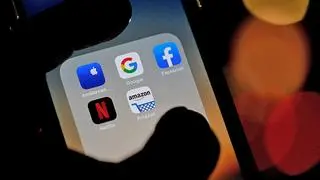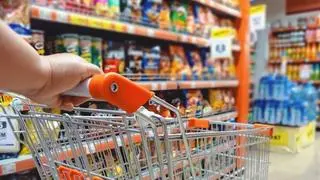What is DBT?
Direct Benefit Transfer (DBT) is all about optimal utilisation of limited fiscal resources with the help of technology. It was started on January 1, 2003, with the aim of reforming the Government delivery system, by re-engineering the existing process in welfare schemes for simpler and faster flow of information/ funds and to ensure accurate targeting of beneficiaries.
What is the current level of Central Government subsidy and to what extent is it under DBT?
In the fiscal year 2021-22 Union Budget, the Centre provided around Rs 3.70 lakh crore (over 10 per cent of the total budget size of Rs 35.83 lakh crore) for 38 types of subsidies, oof which food, fertiliser and fuel are the important ones. All the subsidies are part of DBT. Also, not only subsidies, but different types of scholarships/ stipends and cash assistance are also covered under DBT.
Why is DBT important while transferring benefits to the needy?
Who can forget the famous remark by former Prime Minister late Rajiv Gandhi in 1985 that only 15 paise of every rupee meant for welfare of the downtrodden reaches them. In the 2014-15 edition of the Economic Survey, the chapter titled, ‘Wiping every tear from every eye: The JAM Number Trinity Solution’, used the term leakage to describe subsidised goods that do not reach households. Leakages, it said, not only have the direct costs of wastage, but also the opportunity cost of how the government could otherwise have deployed those fiscal resources. “Converting all subsidies into direct benefit transfers is therefore a laudable goal of government policy,” it concluded.
How successful has the Central Government been in bringing more subsidies under DBT?
The first phase of DBT was initiated in 43 districts on January 1, 2013 and 78 districts were later added across 27 schemes pertaining to scholarships, women, child and labour welfare. It was further expanded across the country on December 12, 2014.
In the current fiscal year, 312 schemes, including key subsidies being run by 54 Central Government Ministries and Departments, are part of DBT. Since April 1, 2021, over Rs 4.53 lakh crore in cash and kind has been provided under DBT through 455 crore transactions. The Centre claims that the total saving till March 31, 2021 has crossed over Rs 2.22 lakh crore, which is near equivalent to the total expenditure on Health & Wellbeing for the current fiscal or more than three times the allocation for the Mahatma Gandhi National Rural Employment Guarantee Scheme (MGNREGS). Of this Rs 44,000 crore was in the year 2020-21.
The Public Distribution Scheme (PDS) saw the maximum gains with deletion of 3.99 crore duplicate and fake/ non-existent ration cards (between 2013 and 2020) and that resulted in an estimated saving of over Rs 1 lakh crore.
MGNREGS saw 10 per cent savings on wages on account of deletion of duplicate, fake/ non-existent, ineligible beneficiaries. That apart, 4.11 crore duplicate, fake/ non-existent, inactive LPG connections have been eliminated. Have State Governments also embraced DBT for distributing subsidies?
All the 28 States and 9 Union Territories have adopted DBT for distributing various welfare initiatives, including subsidies. The Centre also releases rankings on DBT where Haryana is number one. This northern State has 151 schemes, including some Centrally Sponsored Schemes (for which both Centre and States contribute in a ratio), under DBT. In Tamil Nadu, 108 schemes are covered under DBT.








Comments
Comments have to be in English, and in full sentences. They cannot be abusive or personal. Please abide by our community guidelines for posting your comments.
We have migrated to a new commenting platform. If you are already a registered user of TheHindu Businessline and logged in, you may continue to engage with our articles. If you do not have an account please register and login to post comments. Users can access their older comments by logging into their accounts on Vuukle.